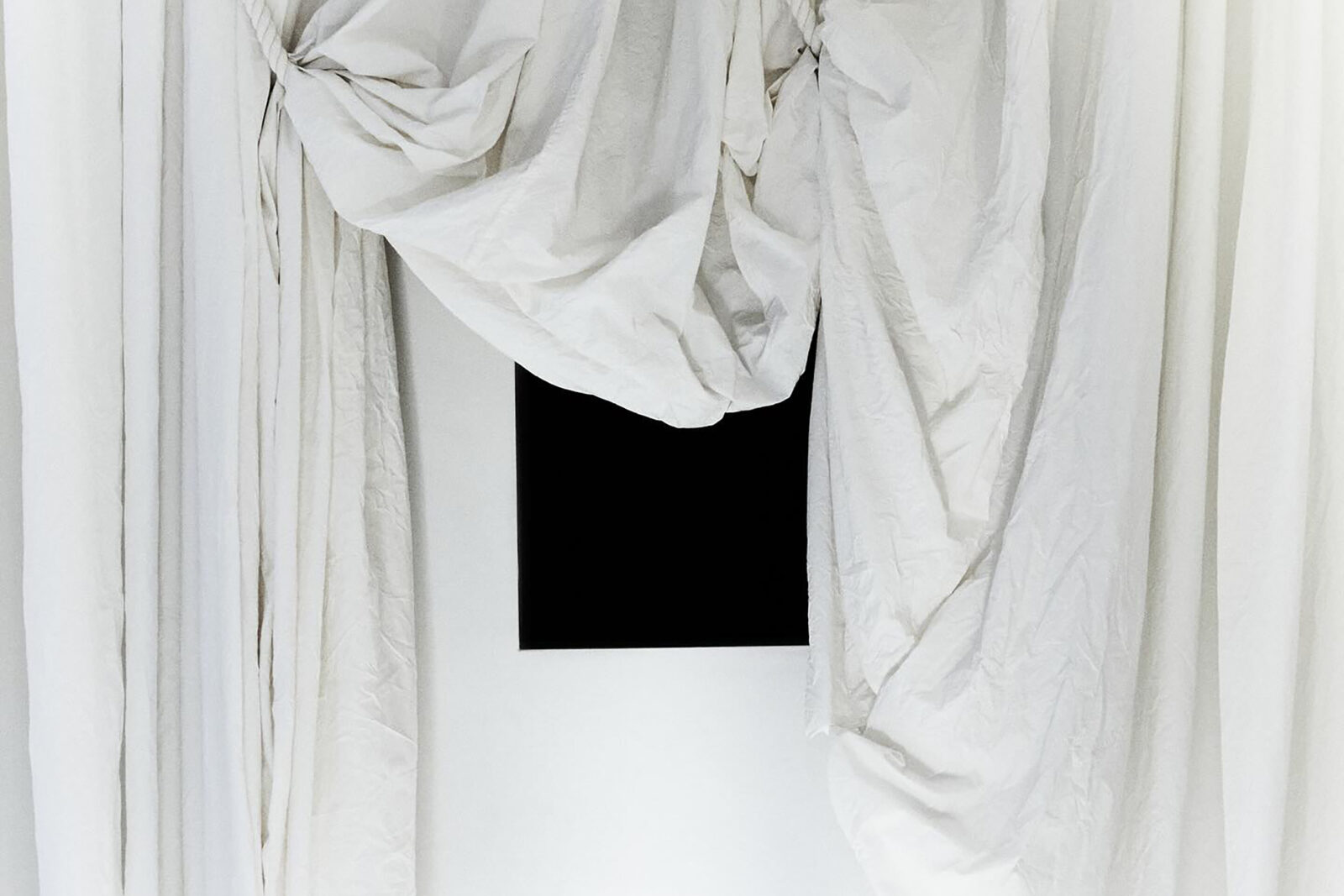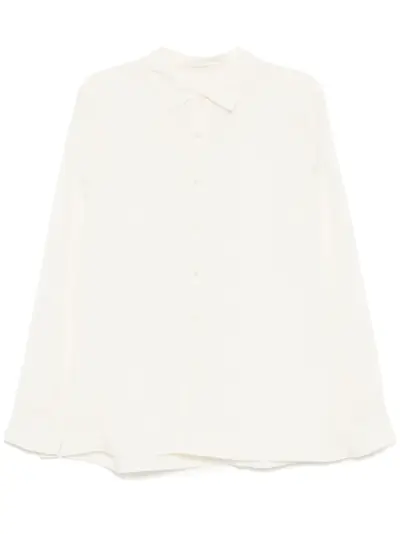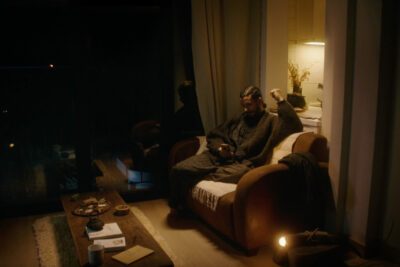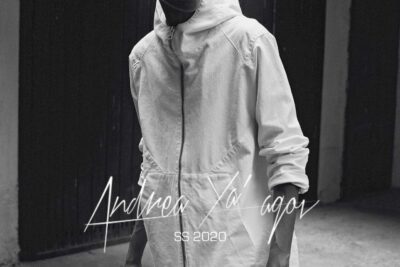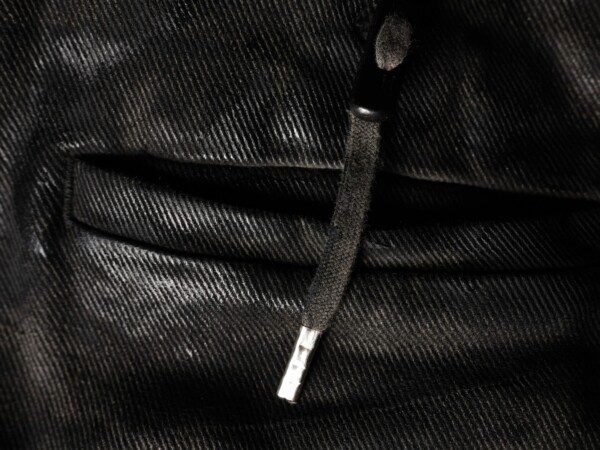
About CASEY CASEY
Gareth Casey’s philosophy is heavily influenced by the principles of Japanese aesthetics—particularly wabi-sabi, which finds beauty in impermanence and imperfection. This influence manifests not only in the garments’ visual restraint but in the deeply tactile nature of the clothing. The fabrics are central to the brand’s identity: washed cottons, textured linens, dry wools, and brushed silks—all treated in a way that enhances their sensory presence. Pieces are often dyed and re-dyed, washed repeatedly, and hand-finished, creating a richness of surface that invites touch. The result is clothing that feels as if it has already formed a relationship with the body, long before it is worn.
Casey Casey does not rely on loud branding or logos; instead, the brand cultivates an atmosphere of quiet confidence. Its garments are often oversized or gently structured, allowing the wearer’s movements to define the silhouette. The color palette is muted—earth tones, faded neutrals, deep indigos—evoking nature and time rather than trend. Shirts are cut with exaggerated proportions, jackets fall loosely but purposefully, and dresses often feature unexpected volumes that shift with the body. There is a raw poetry in this looseness, a kind of architectural minimalism that doesn’t seek to dominate but to collaborate with the wearer.
The brand’s atelier and showroom, located at 6 Rue de Solférino in Paris, further reflect this ethos. Designed in collaboration with the architecture studio Atelier NEA, the space is quiet, filled with natural light, and composed of honest materials. It functions not only as a place of presentation but as a sanctuary for the brand’s philosophy. Here, clothing is treated not as product but as artifact. The design of the space—open, understated, functional—mirrors the calm, meditative quality of the garments themselves.
What makes Casey Casey unique is its deliberate slowness. In a fashion landscape that often prizes speed and novelty, Gareth Casey’s work is a form of resistance. Each piece is produced with great care, often in small quantities, and the production process is driven by craft rather than marketing cycles. The brand has developed a devoted following of customers who are not necessarily fashion-forward in the conventional sense, but who value authenticity, texture, and emotional connection to what they wear. These individuals are often artists, architects, writers—people drawn to the integrity and sincerity of the garments.
Though Casey Casey is stocked in select boutiques around the world and has a quiet but global presence, it remains fiercely independent. Gareth Casey rarely gives interviews, and the brand’s communication is minimal, allowing the garments to speak for themselves. This silence is intentional, allowing space for the wearer’s own story to emerge through the clothing. In this way, Casey Casey stands as a compelling counterpoint to fashion’s more performative side, offering instead a quiet, enduring beauty that lives not in the spectacle, but in the detail, the fabric, and the form.

